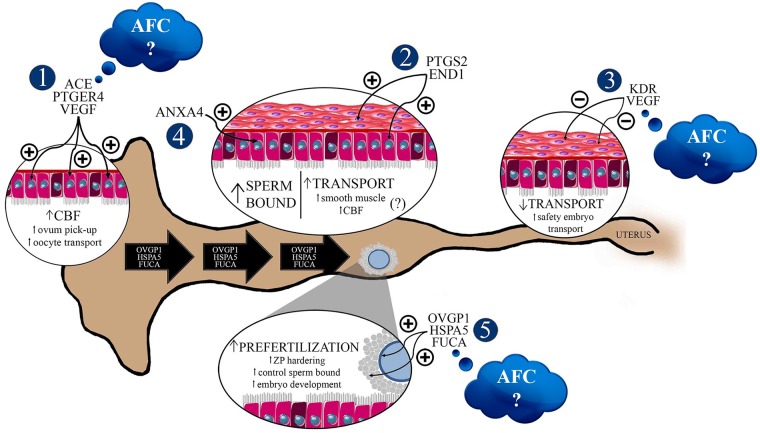Fig 10. Biological status of bovine ipsilateral oviducts, one day after ovulation, in Aberdeen Angus or Nelore heifers.
The ovulation side was the major factor that modulates the molecular profiles of bovine oviducts. There is a possibility of modification in the ipsilateral oviduct microenvironment to control gamete transportation, polyspermy gamete interaction, and embryo development even without the occurrence of mating, sperm presence, or fertilization. These oviductal functions could be controlled by ovulation products. 1. Upregulation of VEGF, PGE2, and ANGII systems in the infundibulum increase CBF, resulting in efficient ovum pick-up and oocyte transportation to the fertilization site. 2. Upregulation of PTGs and END1 systems in the ampulla possibly raises oviductal transport by stimulatory effects on smooth muscle contraction or CBF. 3. Downregulation of the VEGF system in the isthmus, caused by negative feedback, guarantees slow and safe transport of the embryo to the uterus. 4. Upregulation of annexin transcripts in the ampulla possibly results in an increase of sperm-bound sites, thereby controlling sperm release to oocyte fertilization. 5. Upregulation of OVGP1, HSPA5, and FUCA levels from the infundibulum to the ampulla may increase the activity of these factors on the oocytes before fertilization, participating in ZP hardening, control of sperm bound to ZP, and embryo development. We observed a difference between ipsi- and contralateral oviducts concerning the abundance of ACE (in the infundibulum), FUCA (in the ampulla), and VEGFA (in the isthmus) from low-AFC cows, but they were similar in both sides of the oviducts in high-AFC cows. The modulation by the AFC is still inconclusive, and more experiments should be performed to confirm if this subtle effect of AFC on oviduct functions can impact animal reproduction. AFC: antral follicle count, CBF: ciliary beat frequency, ZP: Zona Pellucida; CL: Corpus Luteum; (−) downregulated factor, (+) upregulated factor. Black large arrows represent the OVGP1, HSPA5, and FUCA coming from the infundibulum and ampulla.

